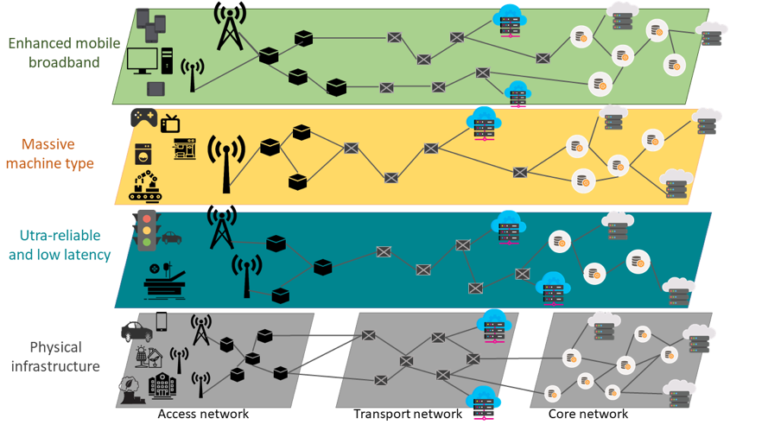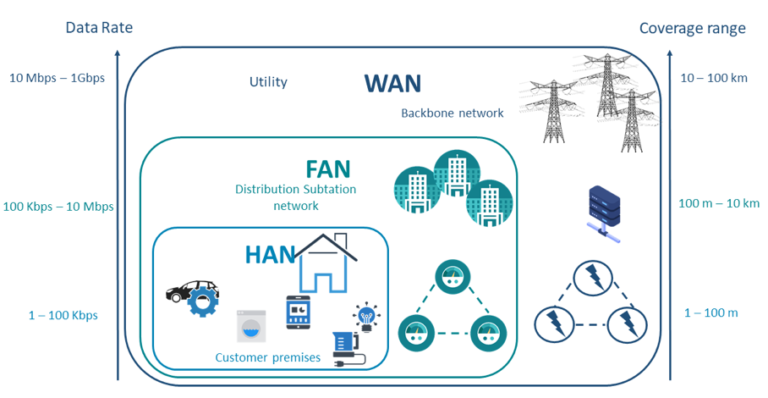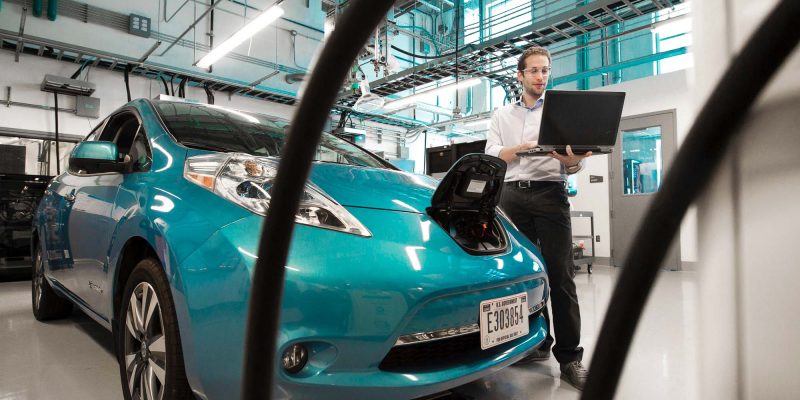Smart Grids
What are smart grids and why do we need them?
Traditionally
Traditionally, electricity was generated primarily from fossil-fuel power plants outside of cities and was mostly consumed in cities. As long as enough fossil fuel was in stock, generation and demand could easily be matched.

Today
Today, more and more electricity is being produced from renewable sources that are available locally, such as solar and wind.
These energy resources are characterised by variability – sometimes there is more, sometimes there is less energy. The challenge therefore is to balance this supply in real time because, otherwise, the power system could suddenly switch off (blackout). Consequently, large power plants are increasingly being replaced by many small, decentralised producers.
Besides, traditional consumers can become “prosumers” with new on-site generation and storage technologies. Some of these producers have started selling excess electricity to the grid, and so electrical power no longer flows in a unique direction.
Electric vehicles also play a special role: On the one hand, they need electricity to be charged, on the other, their batteries represent an interesting possibility for energy storage.
With electricity generation being more fluctuating and demand more uncertain, electricity grids now have to be much more flexible than before.
What are the solutions?
By making grids smarter – with sensors and IT technologies – it is possible to achieve higher energy efficiency and integrate renewable energy sources into the mix.
Smart grids know everything about the energy production and consumption at any given time, whether there are power failures or energy peaks. This helps utilities better understand and predict energy flows and if a problem appears, they can fix it faster than before. Consumers get a chance to monitor their energy use and make changes instantly, reducing their energy bills.
Smart grids can therefore ensure a reliable performance and improved energy management all together. It helps include green technologies and reduce CO2 emissions.
More information

Analysis of wireless technologies, roadmap architecture of 5G and Smart Grids
Analysis of wireless technologies, roadmap architecture of 5G and smart grids Wireless communication is important as a reliable, efficient, and intelligent way to enhance the conventional power grids into smart

The Smart Grid Hierarchical Network
Communication technologies for Smart Grids. Hierarchical Network In the context of Smart Grids, the main objectives of the communication network are: to be able to guarantee reliable, secure and real-time


